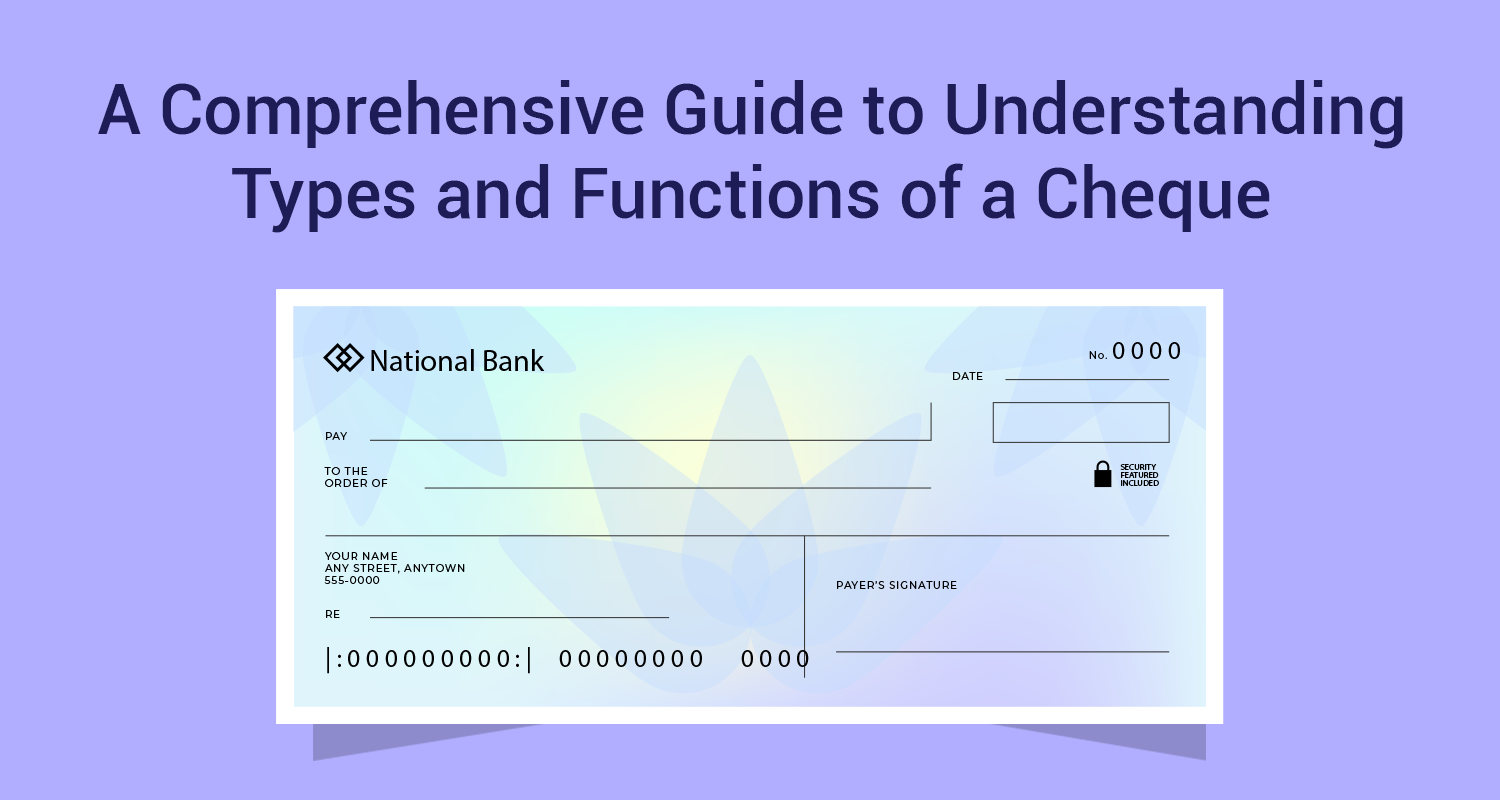I Am 28 Years Old And Want To Invest Rs.7000 Through SIP For 7 Years With Moderate Risk. What Is The Best Portfolio For Me?

Identifying a portfolio mix is normally predicated on a variety of factors. How should a 28-year old investor want to invest Rs.7000 as SIP for 7 years invest? More importantly, how should the portfolio be structured considering that the risk appetite is moderate? Obviously, you begin by questioning the assumptions. Before you get into the portfolio structuring, here are five things to understand.
Five Things That Will Be Key To Your Portfolio Structuring
- The investor is 28 years old and therefore has a working life of nearly 32 years ahead of him. That means the investor has a good risk appetite. At this stage, the biggest risk is not taking any risk. The investor should not define risk in terms of asset mix but in terms of the time frame. From a longer-term time, frame equity funds actually help create wealth with moderate risk.
- How was the figure of Rs.7000 per month arrived at? That is the key question. Obviously, your decision to do a mutual fund SIP cannot be a random and one-off decision. It must be grounded in your long-term goals. If you have a 20-year goal then equity fund is the best option and if you have a 5-year goal then debt funds are a good option. If your time frame is just 2-3 years then liquid funds or liquid-plus funds may be a better choice. Structure your SIP according to your goals.
- The focus of the investor should always be on what best amount can be invested. Normally, the approach is to calculate your residual surplus after meeting all your expense out of your income. That is not a good way to maximize savings. Set a monthly investment target first and then work your expenses backward. You will be surprised to know how you have been under-saving and under-investing all these months. There is nothing sacrosanct about the Rs.7000 figure. Try and work out the maximum saving you can squeeze out of your income.
- How was the SIP tenure of 7 years arrived at? There has to be some logic to the SIP tenure. Ideally, every SIP that you do must be tagged to a specific goal. That makes your SIPs more purposeful and meaningful. For example, if you are planning your retirement then your SIP can last for 25 years. Your child plan can have a SIP that will last for 15 years or more. But your SIP for paying your home loan margin may have a time frame of just 3 years. Or, your car loan margin plan may have a tenure of just 2 years. The tenure of the SIP has to be determined by tagging it to goals.
- How did he arrive at the definition of moderate risk and what exactly is moderate risk. If you look from the perspective of default risk then government bonds are the safest option. If you look from the point of view of interest rate risk or market risk, then liquid funds may best fit the bill. If you are looking at inflation risk then equities offer you the best method of beating inflation consistently over the longer term. When a bond pays you 9% interest and the inflation rate is 6% then your real rate of return is just 3%.
How To Structure A Portfolio With Moderate Risk
Let us hypothetically assume that moderate risk is what the investor wants with a 7-year horizon. How will the mix work out? Let us look at the table below:
Particulars
Liquid
Fund
Debt
Fund
Balanced
Fund
Diversified Equity Fund
Sectoral
Fund
Monthly SIP
Rs.7,000
Rs.7,000
Rs.7,000
Rs.7,000
Rs.7,000
Tenure
7 Years
7 Years
7 Years
7 Years
7 Years
CAGR Returns
6%
9%
12%
14%
17%
Total Outlay
Rs.5,88,000
Rs.5,88,000
Rs.5,88,000
Rs.5,88,000
Rs.5,88,000
Final Value
Rs.7.32 lakh
Rs.8.21 lakh
Rs.9.24 lakh
Rs.10.01 lakh
Rs.11.32 lakh
Wealth Ratio
1.24 times
1.40 times
1.57 times
1.70 times
1.93 times
For a seven year perspective, liquid funds and debt funds may be too conservative. At the same time, sectoral funds may be too aggressive. The investor can look at a choice between balanced funds and diversified equity funds. What the investor needs to understand is that it is hard to generate wealth through SIPs even with higher risk if the time period is too short. It is only when money is compounded consistently over long periods of time that the real value of the SIP accrues to the investor.
Disclaimer : The information in this blog is for general purposes only and may change without notice. It does not constitute legal, tax, or financial advice. Readers should seek professional guidance and make decisions at their own discretion. IIFL Finance is not liable for any reliance on this content. Read more



